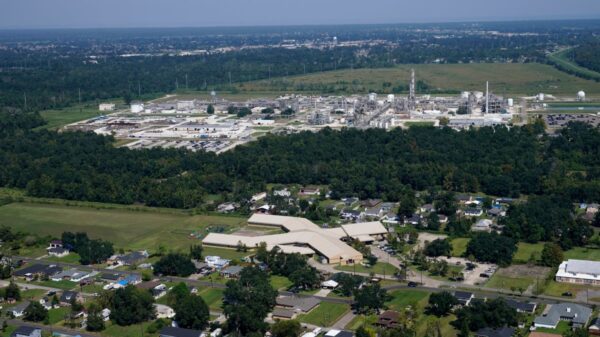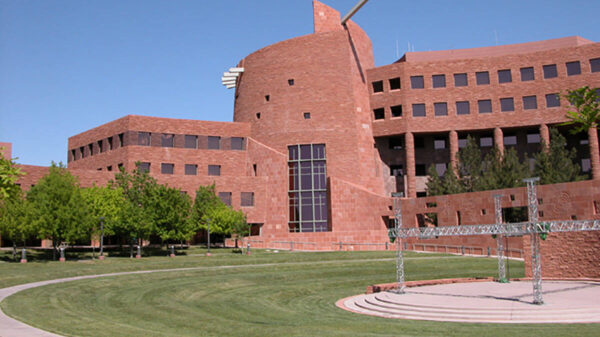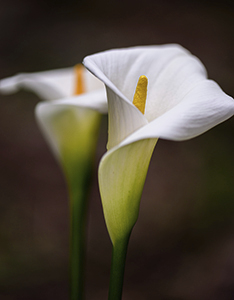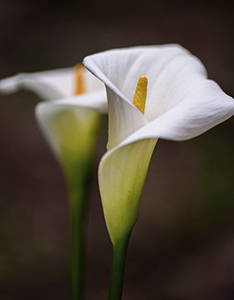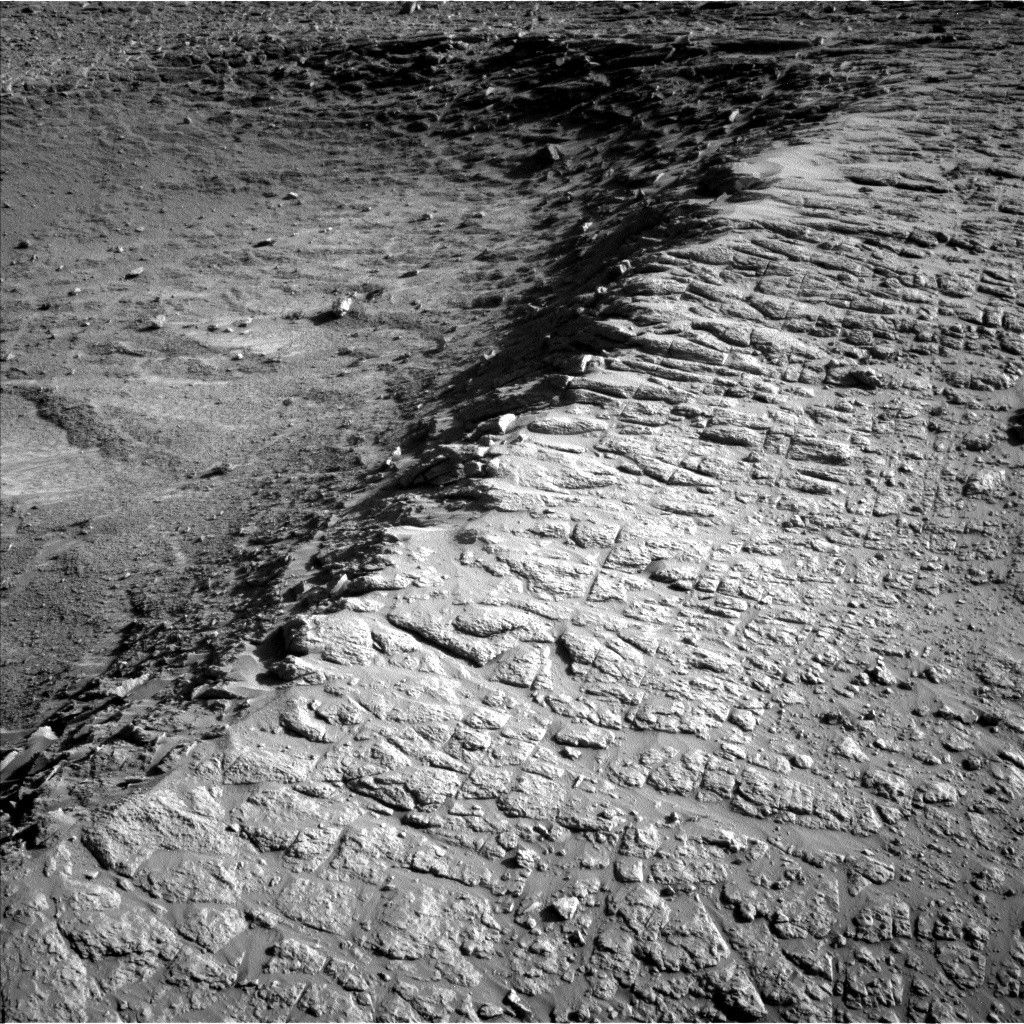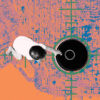NASA’s Curiosity rover has made significant strides in its exploration of Mars, capturing breathtaking images of a ridge overlooking a topographic depression known as the “Thumb.” On August 21, 2025, the rover utilized its Left Navigation Camera to document this area, marking Sol 4636, or Martian day 4,636, of the Mars Science Laboratory mission. The mission team is particularly eager to delve into the Thumb region in the upcoming days.
Curiosity is currently navigating through a series of distinctive geological formations known as boxwork structures, which have been a focal point of its recent explorations. After departing from the location dubbed “Río Frío,” the rover has established itself atop a ridge, providing a vantage point over the Thumb area. The team’s immediate objective is to characterize this ridge before proceeding to investigate the Thumb itself.
Comprehensive Science Plans Ahead
With ample power resources and three sols dedicated to exploration, the upcoming weekend promises a wealth of scientific activity. The mission team has planned an extensive series of observations targeting the boxwork structures in the vicinity, including Mastcam imaging of sites named “Wallatiri,” “Wallatiri 2,” “Mojo,” “Samaipata,” “Fort Samaipata,” and “Río Lluta.” The ChemCam instrument will perform Laser-Induced Breakdown Spectroscopy (LIBS) measurements on the Samaipata and Fort Samaipata targets.
Additionally, the rover’s MAHLI camera will focus on Samaipata, while the Alpha Particle X-ray Spectrometer (APXS) will assess the targets “Vitichi” and “Tartagalita.” This weekend’s plans also include documentation of the ChemCam AEGIS target from the previous week and continued imaging of the “Mishe Mokwa” butte. A notable highlight will be the creation of a large 44-image mosaic of the northern crater rim, taking advantage of the low atmospheric dust levels characteristic of this time of year.
Atmospheric Observations and Future Plans
Alongside geological investigations, Curiosity will conduct atmospheric observations. These will include routine operations of the Dynamic Albedo of Neutrons (DAN), Rover Environmental Monitoring Station (REMS), and Radiation Assessment Detector (RAD). The rover’s Navigation Cameras will capture a sequence of dust-devil movies, cloud formations, and line-of-sight observations of the northern crater rim, while Mastcam will assist in tracking dust levels in the Martian atmosphere.
Despite the busy schedule of scientific activities, the team has opted for a short drive of approximately 2 meters (about 6.6 feet) to further investigate the ridge. The Curiosity team is enthusiastic about continuing its exploration of this intriguing area on Monday, eager to uncover more about the geological history of Mars.
For further updates and insights from the Curiosity mission, readers can visit the official NASA mission updates and the science instruments page to learn more about the rover’s capabilities and ongoing research endeavors.



